Sewer Installation
Reliable Sewer Line Installation Services
A properly installed sewer line is essential for efficient wastewater management and long-term reliability. Our experienced team specializes in traditional sewer installation, ensuring your system meets all local codes and functions efficiently for years to come.
Connecting a Sewer Line from a Home to the City System
A properly installed sewer system is essential for efficiently managing wastewater from residential and commercial properties. The process of sewer installation involves running a dedicated pipe from the home to the municipal sewer main, ensuring a smooth and functional connection.
For a standard home, wastewater exits through a main drainpipe, usually located in the basement or crawlspace. This pipe then runs underground toward the municipal sewer system, typically following a slight downward slope to facilitate gravity-assisted flow. The pipe continues to the curb or street where it connects to the main city sewer line. This connection point is known as the tap or lateral connection and is often controlled by the city or municipality.
Factors to Consider When a New Sewer Connection Is Needed
When installing a new sewer connection, several factors should be evaluated:
Property Location and Elevation – The slope of the property determines whether gravity alone can move wastewater or if a pump station is necessary.
Existing Infrastructure – Some properties may already have a stub-out or connection point, simplifying the process.
Distance to the Sewer Main – Longer distances may require more materials and excavation work, increasing costs.
Soil Type and Ground Conditions – Rocky or unstable soil can make trenching more challenging and expensive.
City Regulations and Permits – Each municipality has specific codes for sewer installation, including pipe materials, slope requirements, and inspection procedures.
The Sewer Installation Process
The installation of a new sewer connection follows a systematic process to ensure compliance with regulations and functionality:
1. Permitting and Planning
Before any work begins, the contractor must obtain the necessary permits from the local municipality. This includes submitting plans that detail the proposed connection, pipe materials, and depth of installation.
2. Excavation and Trenching
Once permits are approved, excavation begins. A trench is dug from the home’s existing drainage exit to the city’s sewer main. The depth of the trench must comply with local codes, typically requiring a minimum depth to prevent freezing and maintain the proper slope (usually 1/8 to 1/4 inch per foot).
3. Laying the Sewer Pipe
A durable sewer pipe, commonly PVC (polyvinyl chloride) or SDR 35 (a type of PVC with high strength), is laid in the trench. The pipe must maintain a consistent downward slope for proper drainage. In some cases, a sewer cleanout is installed at the property line to allow for easier maintenance.
4. Connection to the City Main
This step involves tapping into the existing municipal sewer system. If a tap already exists, the contractor simply connects the new line to it. If not, a new tap must be installed, which may require city approval and the presence of a municipal inspector. Some cities require that their own workers perform this part of the installation.
5. Backfilling and Compacting
Once the pipe is properly connected and tested, the trench is backfilled with soil. Care is taken to compact the soil to prevent future settling, which could damage the pipe. In areas with heavy traffic, additional reinforcement such as gravel or concrete may be added to protect the line.
6. Final Inspection and Testing
Before the system is operational, a city inspector typically verifies that the installation meets all local codes. The system may undergo a water test, air test, or video inspection to check for leaks or blockages. Once approved, the connection is officially activated.
Typical City Requirements for Sewer Installation
Cities and municipalities enforce various regulations to ensure proper sewer installation. Some common requirements include:
Permits and Inspections – Homeowners or contractors must obtain permits and schedule inspections at various stages of installation.
Slope and Pipe Size Regulations – Most jurisdictions mandate a minimum slope for gravity-fed sewer lines, along with specific pipe diameter requirements (usually 4 inches for residential lines).
Approved Pipe Materials – Commonly approved materials include PVC, ductile iron, and sometimes HDPE (high-density polyethylene).
Cleanout Installation – Many cities require at least one cleanout at the property line for maintenance access.
Encroachment Permits – If excavation is needed in public streets, additional permits and traffic control measures may be required.
Work by Licensed Contractors – In some municipalities, only licensed plumbers or sewer contractors are permitted to install or modify sewer connections.
Conclusion
Sewer installation is a complex but essential process that requires careful planning, adherence to local regulations, and professional expertise. Whether installing a new connection or replacing an aging sewer line, proper execution ensures long-term functionality and prevents costly repairs. Working with experienced professionals who understand municipal codes and best practices is crucial for a successful installation.

